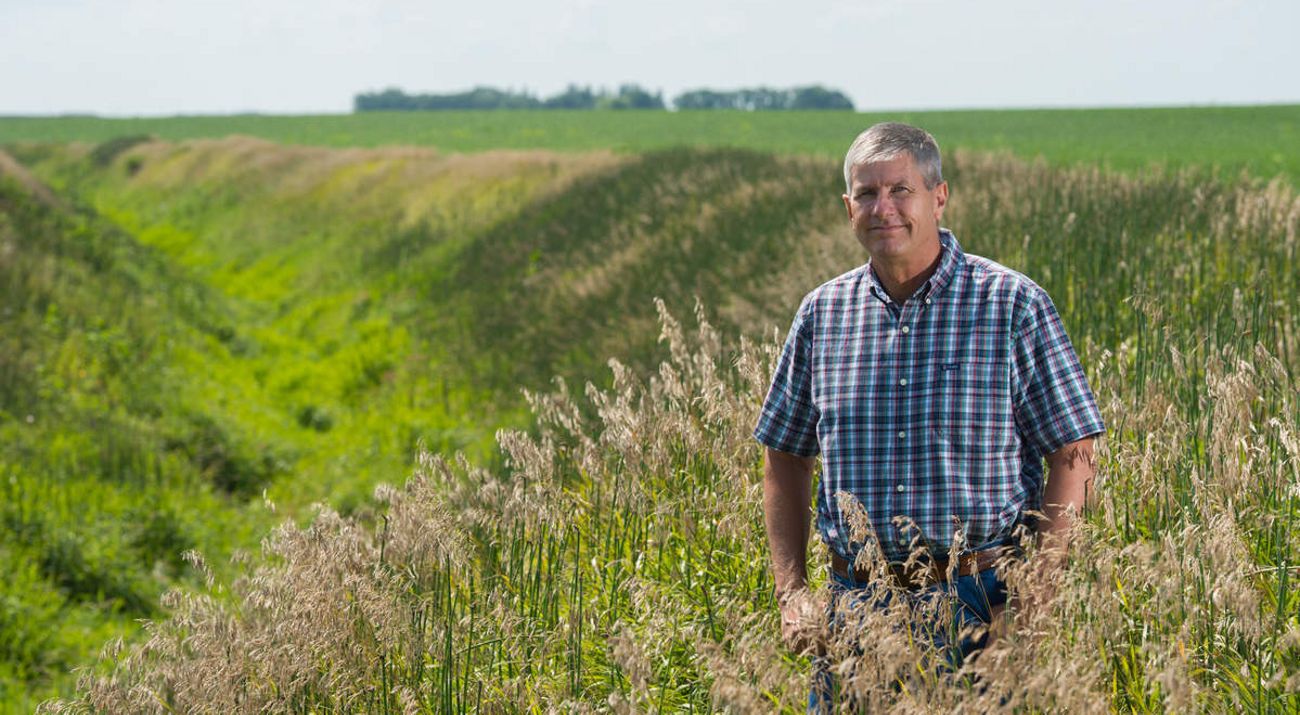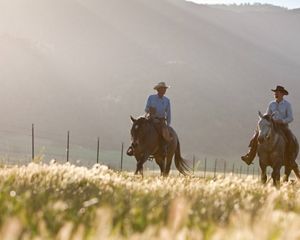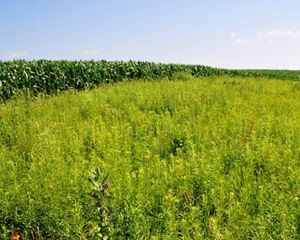The Next Farm Bill: Opportunities for Building on Success
By Jenny Conner Nelms
Five years ago, the largest investment in sustainable food production and private land conservation in the United States became law.
The Farm Bill funds voluntary programs that invest in the United States’ private croplands, rangelands, forests, and pasturelands. Over 70% of the land in the lower 48 is privately owned, making it eligible for Farm Bill programs. From soil health to forest restoration to carbon sequestration, the Farm Bill is an opportunity to expand practices that benefit both the health of these landscapes and the communities that depend on them.
Congress renews the Farm Bill every five years, and the 2018 Farm Bill was the most conservation-focused yet, boosting funding for easements that help farmers conserve their lands, enacting new policies to improve the management of private forest lands, and many other steps.
In many ways, the 2018 Farm Bill was a game-changer, not only because of what was in it, but because it represented the increasing value that Americans and their lawmakers place on the role of agriculture in conservation and climate change.
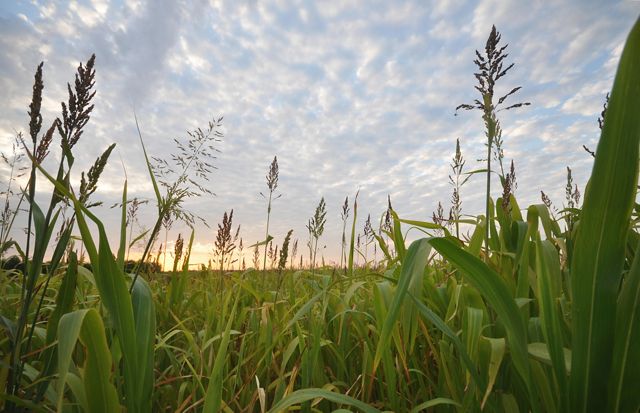
Just a decade ago, climate change and agriculture were rarely said in the same sentence, let alone thought of as interconnected.
But now, farmers, ranchers, foresters, and landowners are not only engaged on the issues of conservation and climate change, but they’re also actively part of the solution – thanks largely to the 2018 Farm Bill.
This year, lawmakers will begin their work on the next Farm Bill, which can—and should—build on the progress of the last bill and tackle other issues facing agriculture communities across the country. Those issues include access to clean energy and promoting more equity and inclusion in U.S. Department of Agriculture programs.
The Nature Conservancy (TNC) has a long history of working directly with farmers, ranchers, and forest landowners and managers. As an owner, operator, and manager of agriculture and forest lands across the United States, TNC engages with and advocates for Farm Bill policies and priorities from an on-the-ground perspective. We collaborate with partners across America to create conservation opportunities that build resilient communities and stronger rural economies.
Through engaging on the Farm Bill, we aim to make regenerative agriculture and forestry practices just as, if not more, profitable, accessible, affordable, and culturally acceptable as traditional practices for farmers, ranchers, and private forest and landowners.
As lawmakers deliberate on what the next bill will include, below are some recommendations TNC has to make the 2023 Farm Bill one that can benefit nature and climate, grow local economies, and create resilient and profitable working lands.
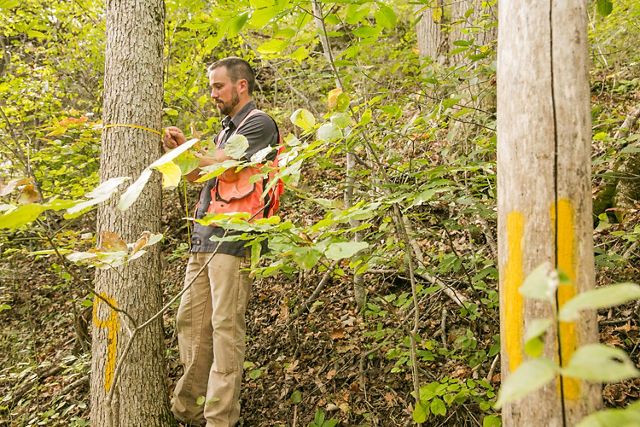
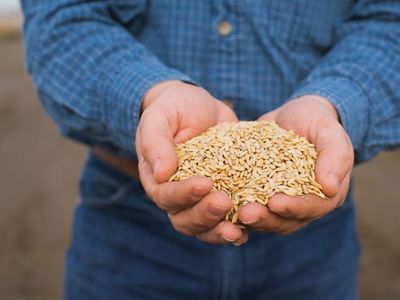
TNC’s Recommendations for the Next Farm Bill
- Bolster Regenerative Agriculture Rewards and Incentives.
Congress should incentivize regenerative agriculture practices by maximizing investments and creating pathways for more efficient conservation program delivery. TNC also encourages improving the Regional Conservation Partnership Program (RCPP) administration and increasing allocations to regenerative agricultural practices by prioritizing applications within Environmental Quality Incentive Program state rankings that result in soil health, carbon sequestration, and resilience outcomes.
- Encourage the Conservation of Significant and Sensitive Habitats.
The Farm Bill should modernize conservation compliance for farmers and other landowners, including removing incentives to convert native prairie or grasslands to cropland, organic production, or for renewable energy purposes, as well as loss of Conservation Reserve Program (CRP) enrollments. TNC also encourages improvements to the Agricultural Conservation Easement Program and CRP by adjusting the cost-share ratio, expanding the definition of development pressure, and allowing amendments to benefit ecological improvements. - Improve Water Quality and Supply.
Farming, ranching, and forestry are key drivers of water use and management decisions on private land in the United States. TNC supports agricultural easements for floodplain reconnection projects and encourages enhancing the applicability of conservation programs, particularly RCPP and PL 566, to drought resilience. TNC also urges increasing support for nature-based solutions, expanding conservation funding via the Rural Development title, and enhancing conservation technical assistance to fill capacity and expertise gaps. - Accelerate a Clean, Green, and Equitable Energy Transition in Rural America.
The Farm Bill provides an opportunity to influence how and where this energy development occurs. TNC encourages robust funding for the Energy Title and programs like the Rural Energy for America Program (REAP), as well as modifications to REAP to allow for efficient funding deployment. TNC also supports incentivizing agrivoltaics and dual-use renewable energy projects to maximize benefits for conservation, agricultural communities, and climate.
- Maintain Healthy and Resilient Forests.
Congress should sustain and grow Farm Bill programs for private forests and watershed-level conservation across relevant federal agencies and promote ecologically beneficial forest management policies. TNC also supports advancing climate resilience initiatives and investments for forests, protecting the integrity of bedrock environmental laws that govern the management of national forests and reducing commodity-driven deforestation globally by giving American farmers and ranchers the ability to compete fairly on the global market.
- Promote Equity and Inclusion.
TNC supports facilitating better access to Farm Bill programs for traditionally underserved producers, landowners, and communities. This includes increasing the funding for Socially Disadvantaged groups, increasing credit availability, and improving program accessibility. TNC also supports ensuring that federal research and grants facilitate fair, just, and collaboratively determined initiatives, as well as developing and facilitating market access for socially disadvantaged farmers, ranchers, and foresters.

A Farm Bill for the Future
The ranchlands, farms, and forests that are part of our country's outdoors are a natural treasure. They're also integral to our economy and the rural communities that depend on these lands for their livelihoods. Their success depends on those lands being healthy and productive, and that requires conservation.
Congress has the opportunity to set the course for the conservation and stewardship of these treasures. Americans need and deserve a comprehensive Farm Bill – one that will support healthy food and soils, clean water, strong communities and a robust economy.
This year, Congress must build on the progress of the 2018 Farm Bill and craft a new bill that looks to the future.
Jenny Conner Nelms is an Associate Director for Legislative Affairs and a senior policy advisor for agriculture with the North American Policy and Government Relations program at The Nature Conservancy.
